Not faster. More beautiful.
In a time when everything is getting faster, louder, and more fleeting, there is a movement that bucks this tide. It doesn't make headlines. It doesn't shout. It doesn't click. It moves to the rhythm of hands forming stitches, guiding threads, condensing time. A gentle but relentless revolution of slowness.
Knitting in the 21st century isn't a nostalgic look back at times gone by. It's a radical act of resistance against a culture of efficiency that reduces us to consumers and confuses speed with progress. At Bonifaktur, we believe that this quiet practice contains profound wisdom—and a power that can transform our relationship to time, to ourselves, and to the material world.
The lost language of the hands
We live in a world of abstraction. Our fingers glide over glass and plastic, typing symbols we never touch. The things we use are often created thousands of kilometers away under conditions we don't know.
When we knit, we return to a primal connection: hands that touch material. Fingers that feel. A direct relationship with matter, unmediated by screens or algorithms. This connection isn't romantic or nostalgic—it's fundamentally human.
The historian and philosopher Hannah Arendt distinguished between Homo faber (the creative human) and Animal laborans (the working animal). While the modern world of work increasingly pushes us toward the latter—endless, repetitive tasks with no visible result—craft brings us back to the essence of Homo faber : creating something lasting from our imagination.
"In a world where our hands are primarily used for scrolling and typing, consciously creating with our hands is not just a leisure activity—it's a reclaiming of our human capacity to shape the world rather than just consume it."
The rebellion of slowness
Time has become the scarcest resource. "Time-saving" is one of the most powerful selling points. "I don't have time" is the universal excuse. We save time – and for what? To consume more, to scroll more, to react more instead of acting.
Knitting fundamentally defies this logic. It requires time. It requires patience. It requires dedication. A knitted garment takes hours, sometimes weeks or months, to create. Its value lies in this slow creation—not just in the finished object.
This slowness isn't a flaw to be overcome. It's a consciously chosen value. Every knitter knows: A sweater can be bought much faster in a store. The decision to knit it yourself is a choice for depth over quantity, for process over instant gratification.
The philosopher Byung-Chul Han describes our present as a "society of fatigue," in which we are constantly busy but rarely truly fulfilled. Knitting offers an alternative: an activity that nourishes us rather than exhausts us. It doesn't require us to be constantly available, but allows us to remain completely in the moment.
"In a culture that idolizes speed, the conscious choice to slow down is not inertia—it is a form of resistance."
The ethics of the material
We live in an era of "fast fashion," where clothing has become cheaper and more volatile than ever before. The social and environmental costs of this system are immense, yet often remain invisible.
Anyone who knits inevitably develops a different relationship with the material. Knitters appreciate the value of wool, silk, and mohair. They know the origin of the fibers and the effort involved in their processing. They choose consciously—not just based on price or current fashion.
This attention to the material leads to a deeper connection with the final product. A hand-knitted sweater isn't discarded after one season. It's worn, loved, repaired, and passed down. It carries history within it. It ages gracefully.
Philosopher Jane Bennett speaks of the "aliveness of matter"—the realization that even seemingly inert objects have their own power. The knitter experiences this aliveness directly: how a yarn feels, how it behaves, how it takes shape over time. This experience creates a different awareness of the things that surround us.
"In a world of mass production, the conscious choice of material and the careful transformation of that material is not only an aesthetic but also an ethical decision."
The Community of Hands
The digital revolution has connected us in many ways, but these connections often remain superficial. We "like," we comment, we share—but how often do we actually meet?
Knitting communities—whether offline in cafes and living rooms or online in forums and social networks—offer a different kind of connection. One based on shared activity, not just shared opinions. One that bridges generations. One that doesn't focus on status or follower count, but on a shared interest in the craft.
In his work "Craft," sociologist Richard Sennett emphasizes the social dimension of collaborative work. Unlike isolated work at a screen, collaborative craft creates a space for genuine exchange, for sharing knowledge, and for mutual support. It's not about impressing, but about growing together.
"In a time of increasing social isolation, knitting communities offer something precious: connection through shared creation, not shared consumption."
The freedom of independence
Our society is characterized by growing dependence on complex systems we don't understand. We use technologies whose functions we don't understand. We wear clothes whose production conditions we don't know. We eat foods whose ingredients we can't decipher.
Knitting—like other forms of craft—gives us back a measure of autonomy. The ability to create what we need ourselves. The knowledge of materials and techniques. The knowledge that we are not completely dependent on the market.
This independence isn't absolute—hardly any of us spin our own wool anymore. But it is real. It lies in the experience of our own power, in the joy of doing things ourselves, in the certainty that we can create something that will last.
The philosopher Ivan Illich coined the term "convivial tools"—tools that serve humans, not the other way around. Knitting needles are a perfect example of such tools: simple, durable, versatile, and repairable. They expand our possibilities without dominating us.
"In a world of increasing technological dependence, the ability to create complex and beautiful things with simple tools is not trivial—it is an act of self-determination."
The Meditation of Repetition
Our attention has become the most valuable currency. Countless algorithms and designs compete to captivate, surprise, and trigger us—creating a state of constant distraction.
Knitting offers a counterpoint: the quiet concentration on an activity that neither blinks nor rings. The meditative quality of repeated movements. Sinking into a flow where time flows differently. Anyone who knits regularly knows this special kind of attention – focused and relaxed at the same time.
Psychologist Mihaly Csikszentmihalyi described this state as "flow" – a complete immersion in an activity in which challenge and skill are in perfect balance. In flow, we experience deep fulfillment, beyond boredom and overwhelm. Knitting can be a direct path to this state.
"In an environment of constant distraction and fragmented attention, the ability to immerse oneself in an activity is not something to be taken for granted—it is a precious skill that must be cultivated."
The politics of do-it-yourself
Knitting has never been apolitical. From the "Liberty Caps" of the French Revolution to the "Pussy Hats" of the Women's Marches to guerrilla knitting in public spaces – time and again, the needle has become an instrument of protest, the homemade garment a statement.
But even beyond explicit political symbols, knitting has a political dimension. In a consumer society that sees us primarily as passive recipients of prefabricated products, actively creating is a statement. It says: I am more than a consumer. I have skills. I make decisions.
Philosopher Martha Nussbaum speaks of the "skills-based approach"—the idea that a good life lies not in passive consumption, but in the active development of human capacities. Knitting, like other forms of craft, enables precisely this development: the development of dexterity, patience, aesthetic judgment, and problem-solving skills.
"In an age when consumption is often sold as the highest form of freedom, the conscious decision to create rather than simply consume is not only personally satisfying—it is a political stance."
The future of handcraft
It would be a mistake to view knitting as a backward-looking nostalgia. Quite the opposite is true: As a conscious practice of slowness, material connection, and self-efficacy, knitting is surprisingly forward-looking.
In a world that's reaching the limits of growth, where the social and ecological costs of mass production are becoming increasingly apparent, where digital overstimulation is leading to new widespread diseases – in this world, craftsmanship offers a different path. Not backward, but forward: toward a more conscious use of resources, toward deeper social connections, toward a more balanced relationship between the digital and physical worlds.
Philosopher and physicist Karen Barad speaks of "entanglement"—the deep interconnectedness of all beings and things. Knitting can help us experience this entanglement: how, with each piece we create, we connect with the material, with tradition, with other craftspeople, with the future wearers of our work.
"In a time of multiple crises, the silent practice of knitting is not an escape from the world—it is the beginning of a different relationship with the world: more mindful, slower, more connected."
At Bonifaktur, we don't see knitting as a hobby or pastime. We see it as a profound, transformative practice. As a way to reshape our relationship to the material world, to time, to ourselves. As an act of silent resistance against the acceleration and alienation of our time.
Our yarns, our dyes, our patterns—they're not just products. They're invitations to this other way of being. To a world where beauty is more important than speed. Where time isn't saved, but filled. Where hands and heart work together.
When you knit, you are part of this silent revolution. With every stitch you form, you weave a different relationship to the world—one we need more than ever today.
Yarn with soul. For people with heart.
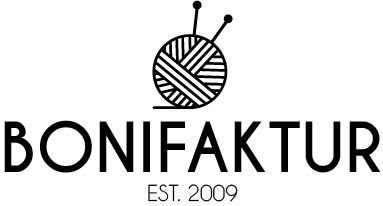
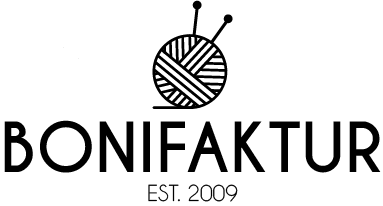
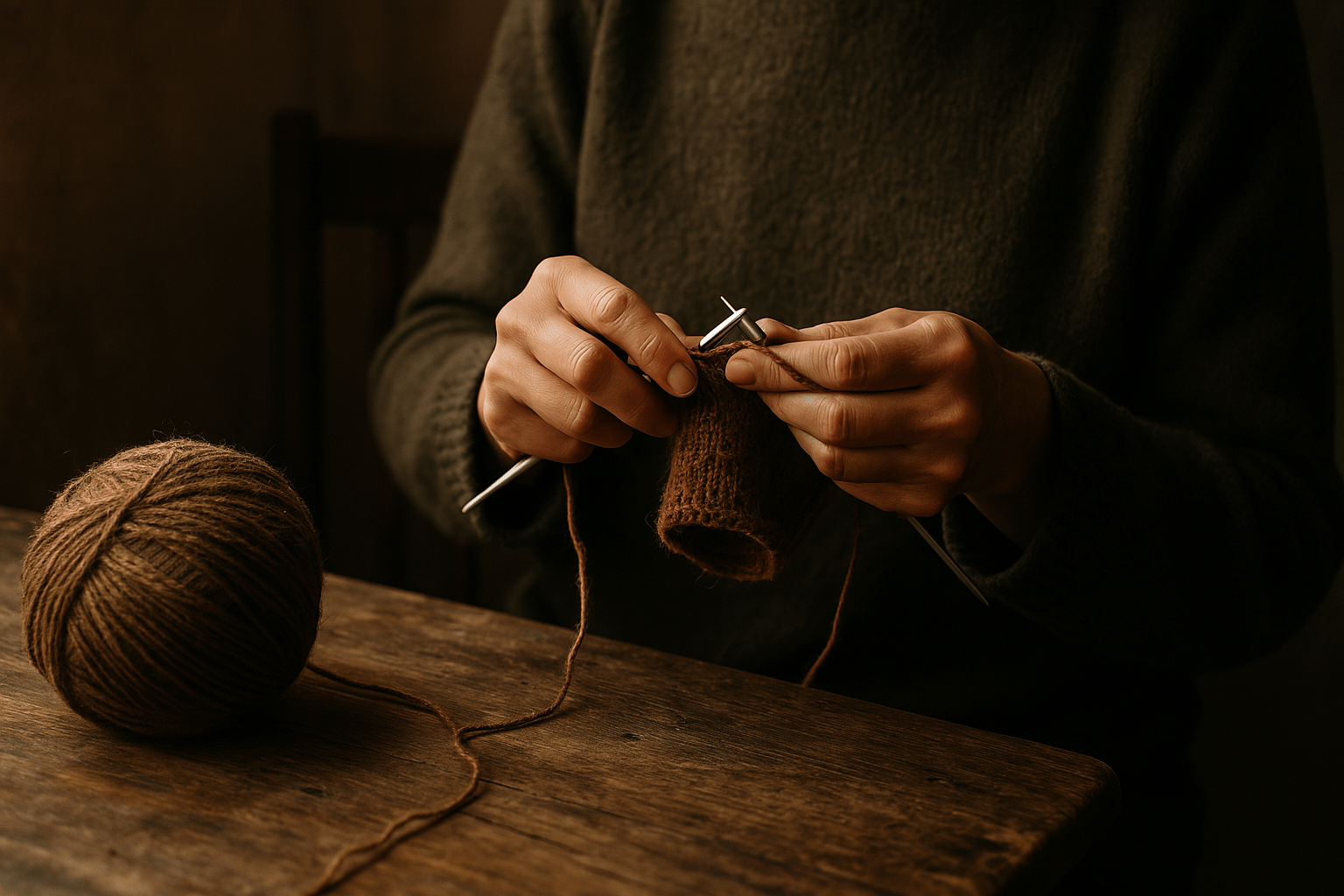
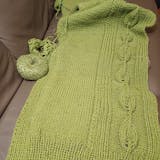

Why knitting makes you happy again – even without perfection
Knitting Techniques Masterclass: From Beginner to Virtuoso